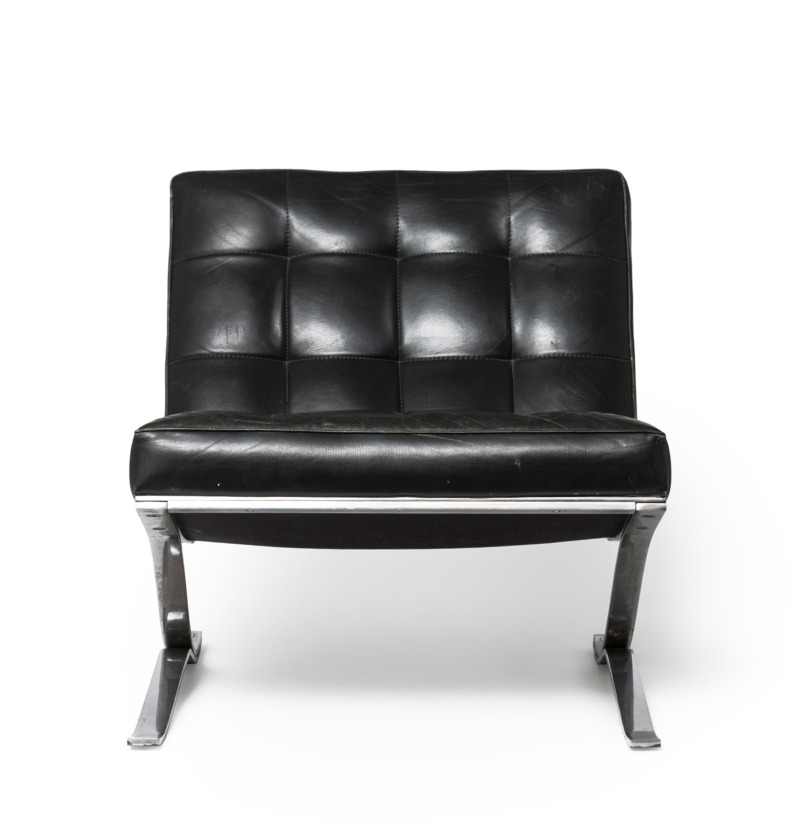The game “Anti-Monopoly” refers to the danger of monopolies by reversing the course of the game.
The aim of the game is to return the state of the board to a free market system. The American economics professor Ralph Anspach (1926-2022) developed “Anti-Monopoly” in 1973 as an answer to Monopoly, which in his view glorifies monopolies.
The idea of an anti-Monopoly board game dates back to 1903, when Elizabeth Magie Phillips (1866-1948) developed and patented the “Landlord’s Game”. It later served as the inspiration for the world-famous Monopoly.
As a believer in the teachings of the economist Henry George (1839-1897), Phillips wanted to convey his economic theories. The play shows the dangers of monopolistic land ownership and the resulting impoverishment of the rural population. As a “landlord’s game”, it was intended to mimic the real estate market and be a critical examination of it: The players demand rent from each other and pay taxes to a community treasury.
Ansbach adopted this idea in “Anti-Monopoly” and applied it to the market of the time. The game is as relevant today as it was then and is still available for purchase.
The Museum der Dinge is also affected by real estate speculation. After 17 years in Kreuzberg, the spaces of the museum were terminated by an anonymous real estate fund. The museum is still open for visitors at Oranienstraße 25 until November the 5th.

